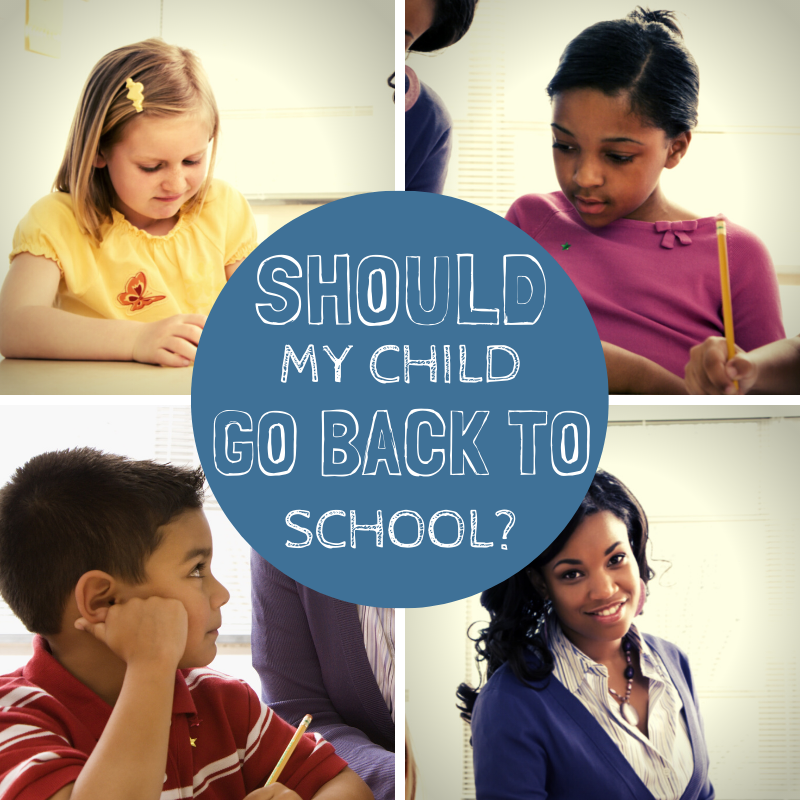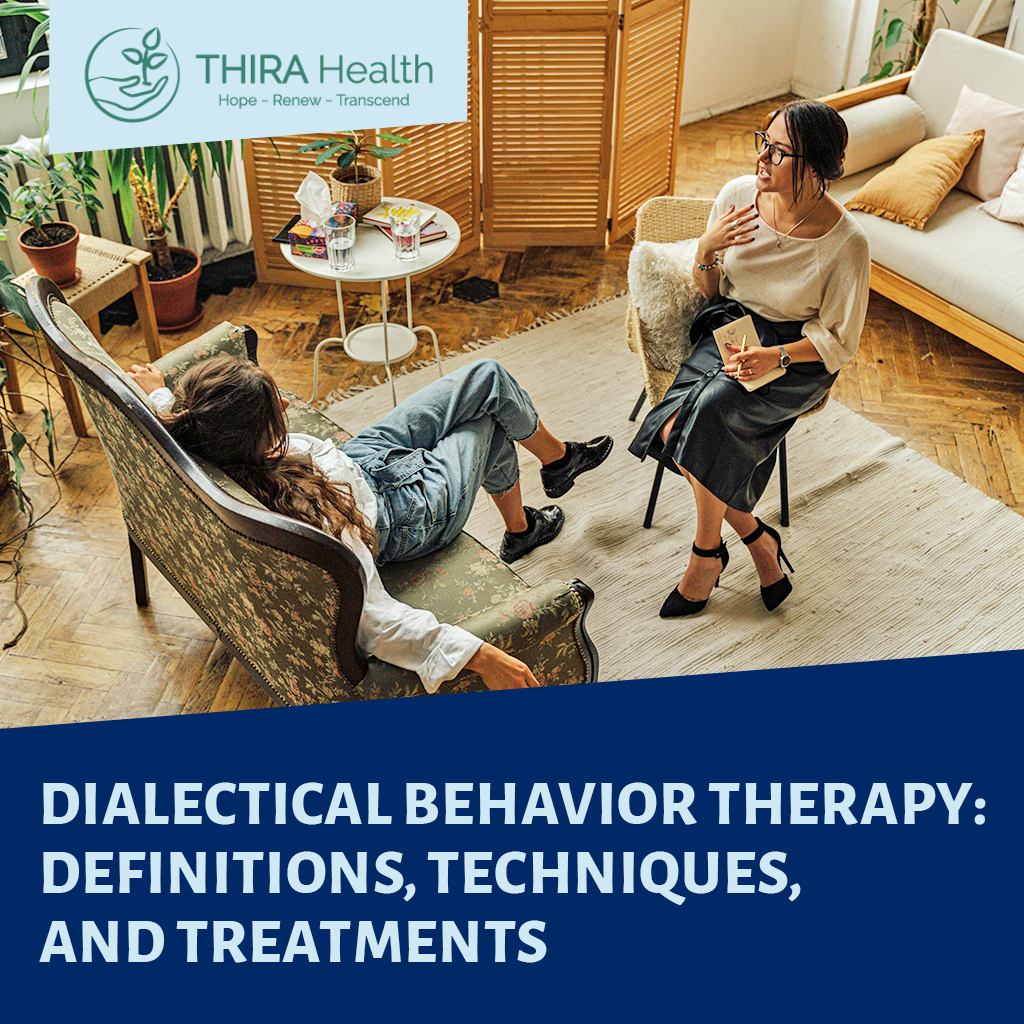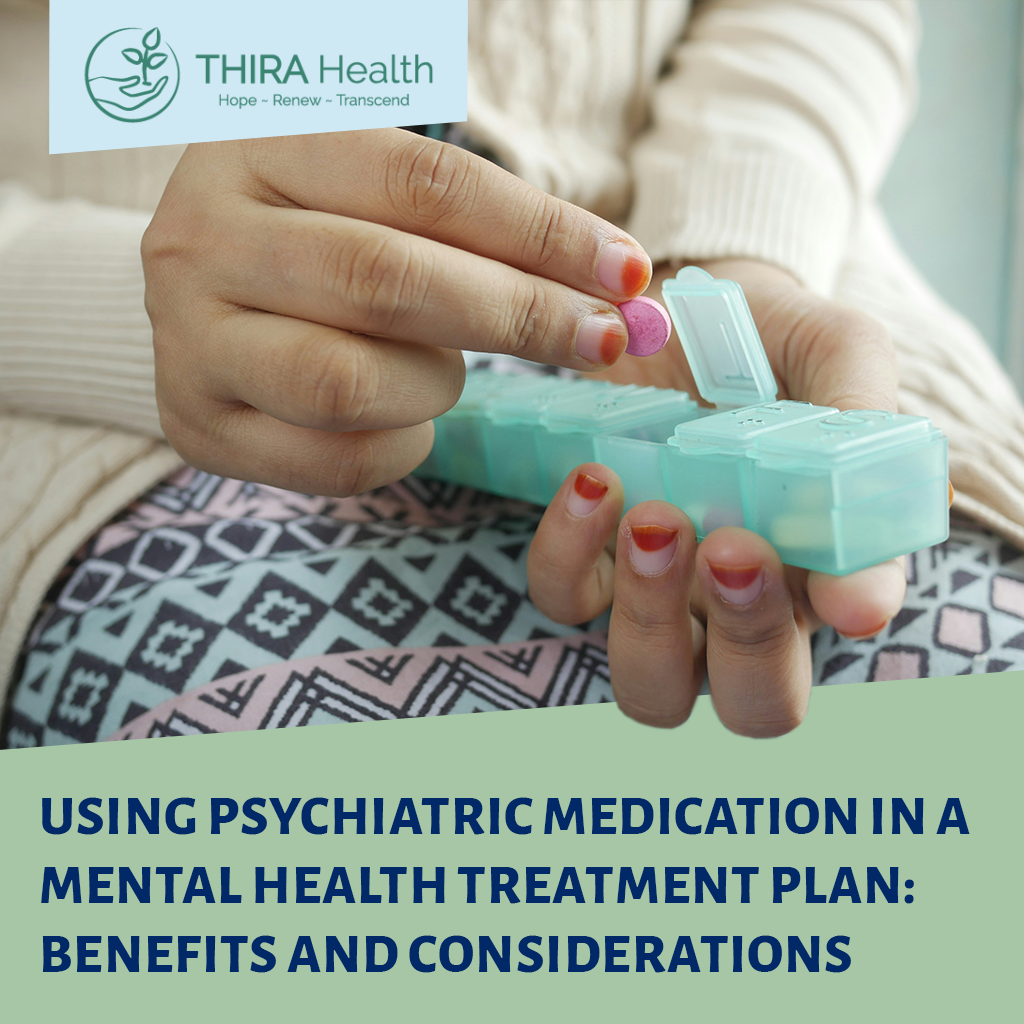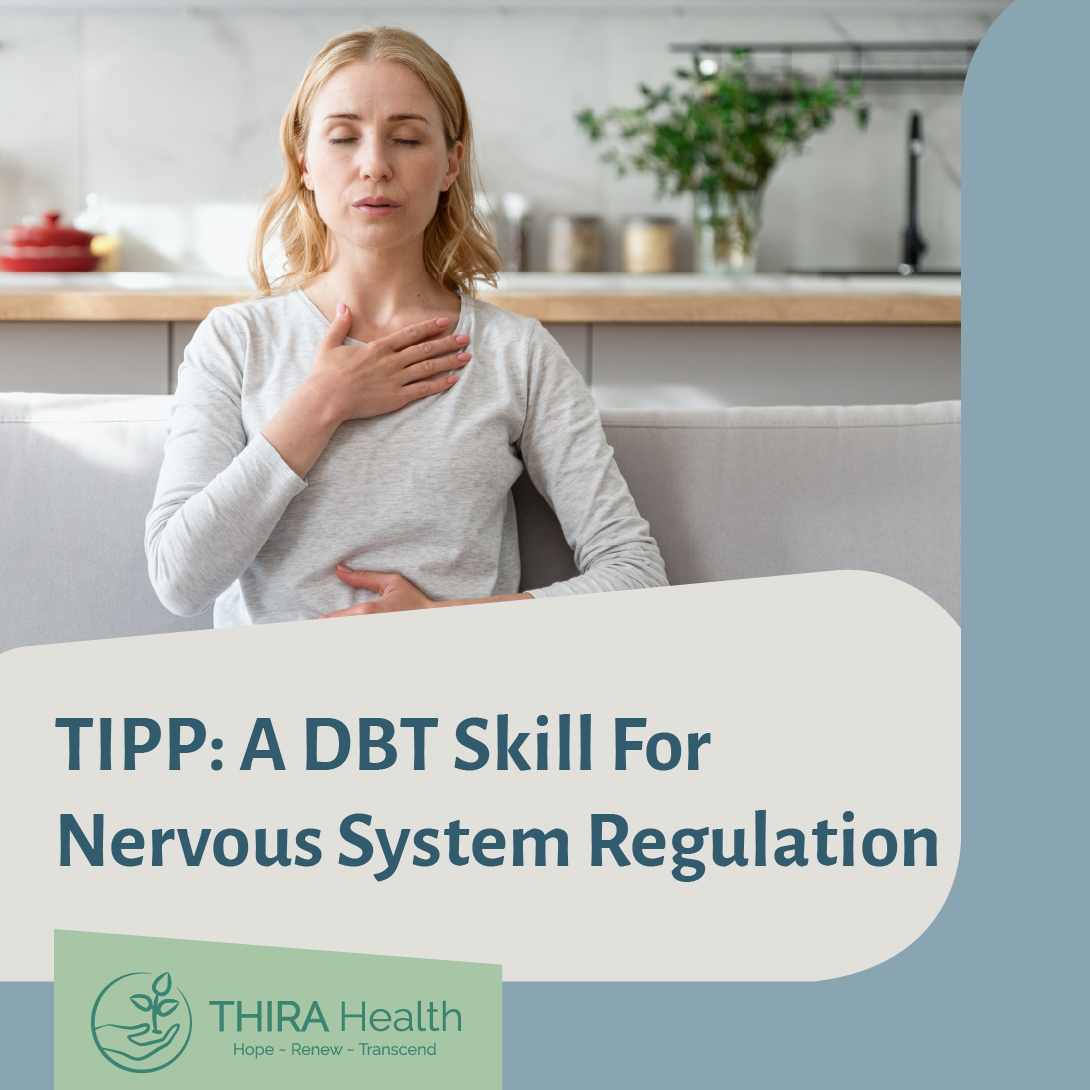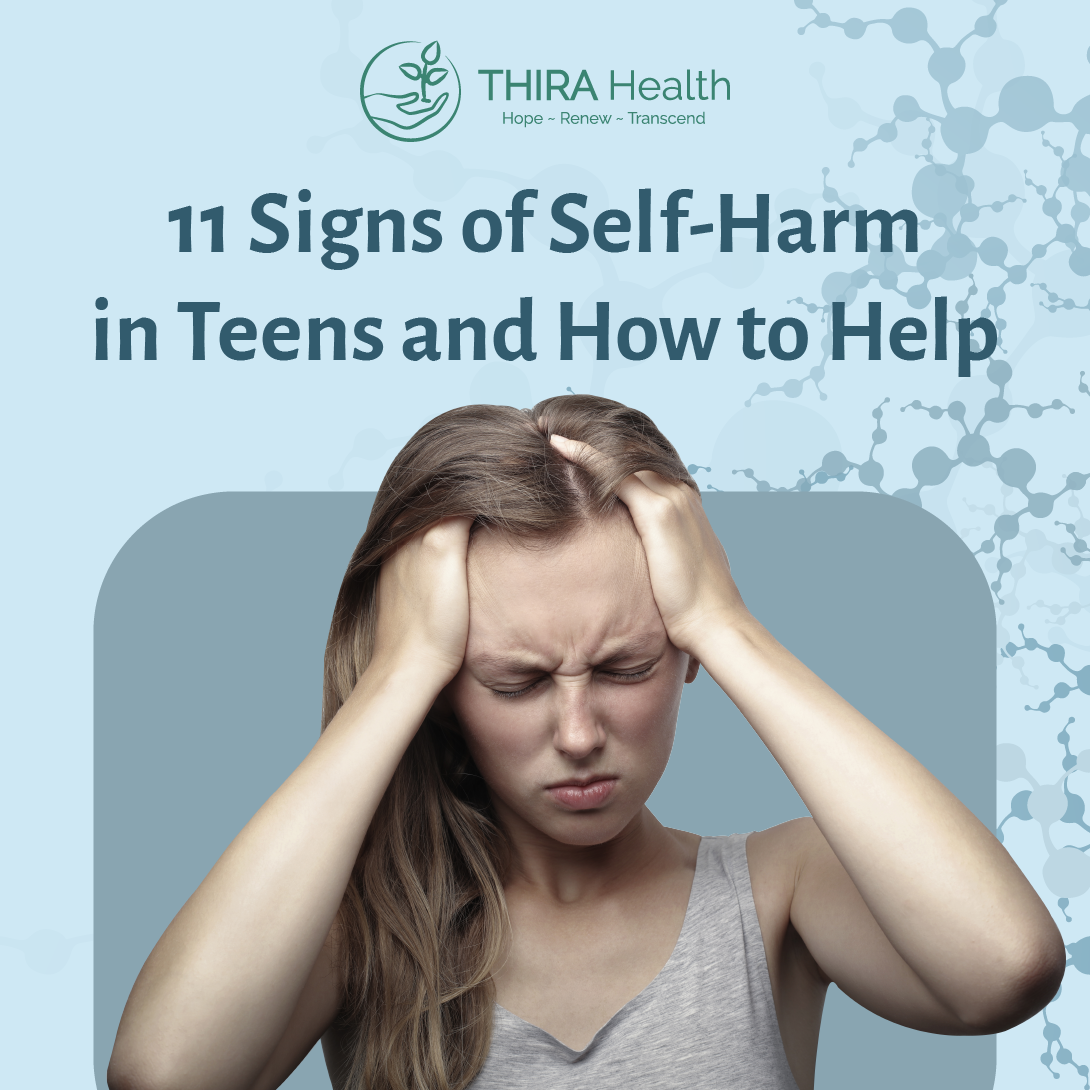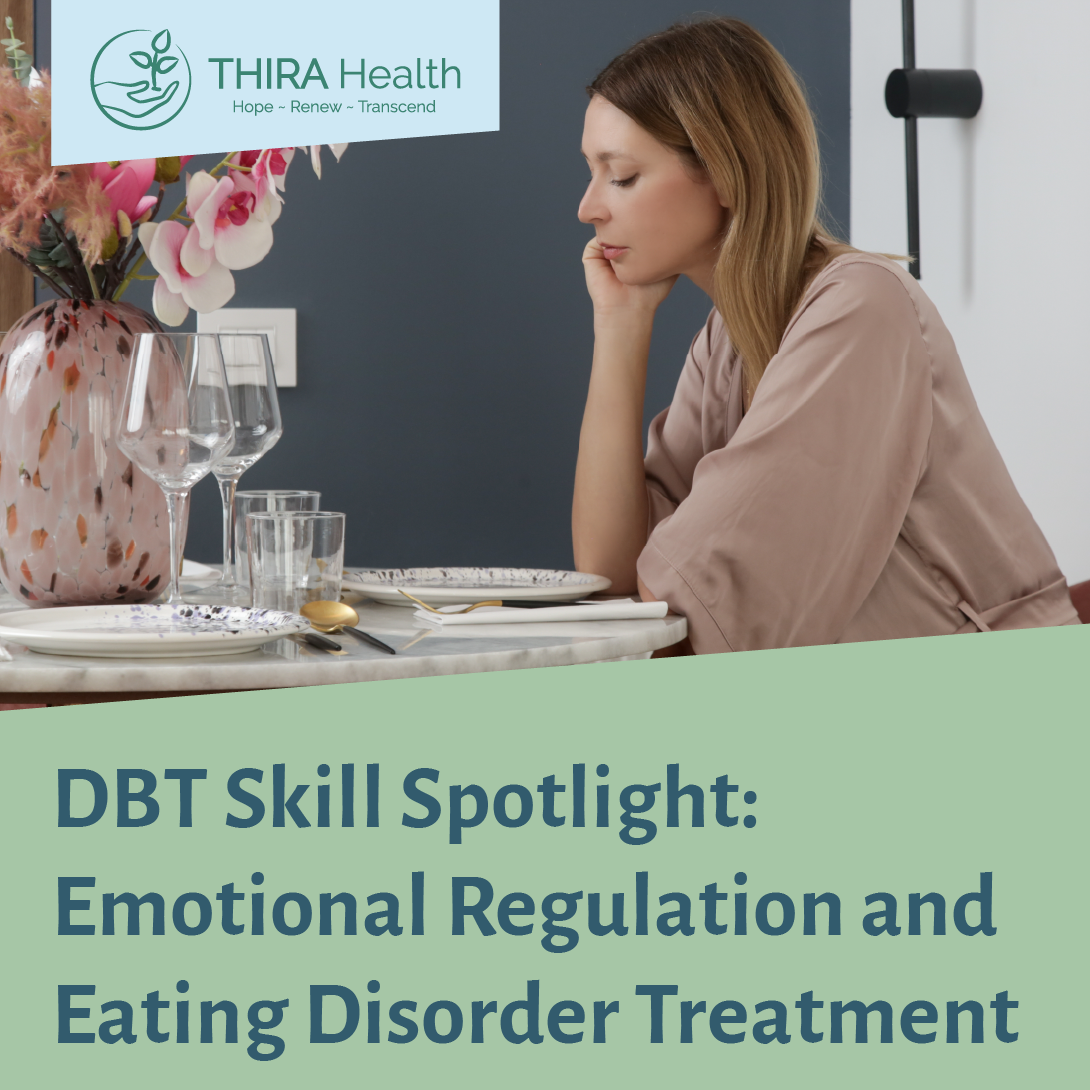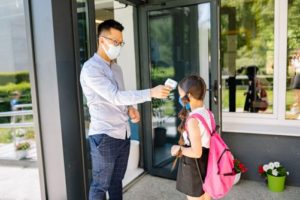
September 1st marks the day. Seattle Public Schools and Bellevue School District officials have spoken, and back to school it is for students residing in these districts. As parents of teens or middle-aged kids, we can’t help but wonder if this is the right decision—if we’re making the right decision by sending them back given the information we have. This year has tested our resolve in more ways than one, and while we may be encouraged by our resilience in the face of anxiety, our strength (and patience) is wearing thin.
Every email that comes in with a cheery chime now signifies another uptick in our pulse. What will it be: a classroom closure, a close contact notice, a district closure? What will happen next? We may have hoped the worry would stop once the decision was announced or when school began, but it’s only gotten worse.
The anxiety makes sense, though. Choosing to send the kids back to school after 18 months of virtual schooling from home seemed like the right thing to do before the new variant surfaced and our children, too young to be vaccinated, became a more central target.
Part of dealing with the anxiety that’s surfacing in this back-to-school season is recognizing the rollercoaster this decision alone has prompted. At first, the balloon of hope from rising vaccination rates created a palpable sense of, finally, getting back to normal, and the relief it brought was much the same. COVID wasn’t leaving, but with school enrollment confirmed for a face-to-face return to classrooms, it felt like track toward a post-COVID world had been laid. Back to school—just thinking about it allowed us to take a sigh of relief. The kids need it, almost as much as we do.

How To Engage In The Back To School Process
As parents, how do we cope with the return to school this fall? Do we involve our children in sports or other activities, and how much input should we allow them when it comes to making these critical decisions?
Our children do, at some point, need to be in the classroom environment. They benefit physically, mentally, and academically from being around their same-aged peers and from conforming to the structure that the school day and a dedicated teacher offers. Wearing masks properly, along with social distancing, has shown to be the most effective preventative measure, and moving toward these regulations represents an essential first step in our slow crawl back to normal.
Of course, the specific mask mandates may vary based on your child’s situation and their current activity, but as you’re considering your family’s schedule for the fall, remember that the more outside activities you can include, the better it is for them.
Another important question that has surfaced during this time, considering this 18-month disruption, is what constitutes normal back-to-school anxiety, and what is the indication that our child may need some more targeted intervention to help them conquer the anxiety of resuming school in person?
To answer this, we encourage familiarization with the known symptoms of anxiety in children and teens, as well as developing a global perspective of your child. Are they still wanting to engage in other areas of life, like with friends, or is their anxiety driving their isolation in all social spheres?
Are their fears unfounded, or are they linked to other specific challenges of their life stage, such as the bodily changes we all endure during puberty? Wondering if your friends will recognize your newly-formed curved figure, or the horror that a sudden acne breakout creates can make your child wary of returning to in-person learning. However, they likely need only some intentional listening and encouragement from you vs. professional services in these cases.

What Can You Do To Combat Anxiety?
To help your anxious children and teens return to school this fall, arm yourself with some coping skills that you can learn and practice together. Practice grounding yourself in the present moment with your senses, taking turns identifying five things you can see, four that you can feel, three you can hear, two you can smell, and one you can taste. This exercise can be done both at home and in the moment when anxiety strikes.
In addition, although it may seem counterintuitive, paying attention to your breath, even in the age of COVID, can benefit you greatly. Source your breath from your diaphragm rather than your chest, and slow your exhale—in through the nose, out through the mouth—to tap into your body’s parasympathetic nervous system. This form of deep breathing helps avoid the “fight-flight-freeze” response to stressful situations.
If your child’s anxiety (or your own) becomes paralyzing or gets in the way of functioning, reach out to us at THIRA Health today! We’re happy to discuss our holistic programming for anxiety disorders and how we can help you find more balance and calm in your inner world, even when the world outside feels chaotic and unpredictable.
